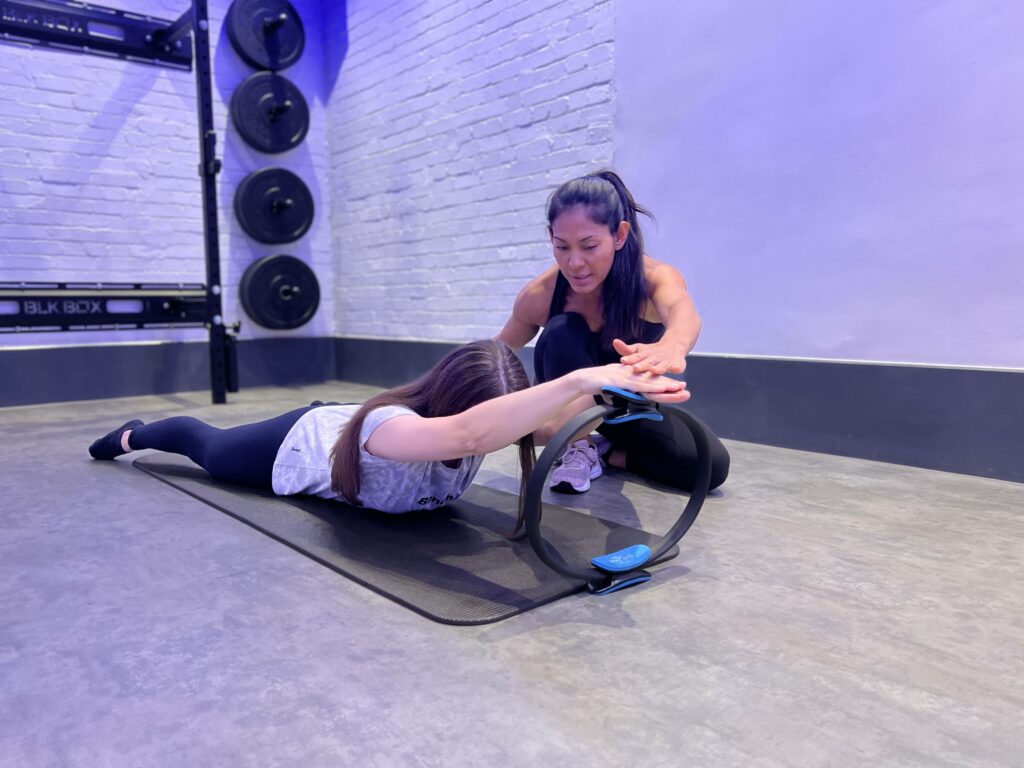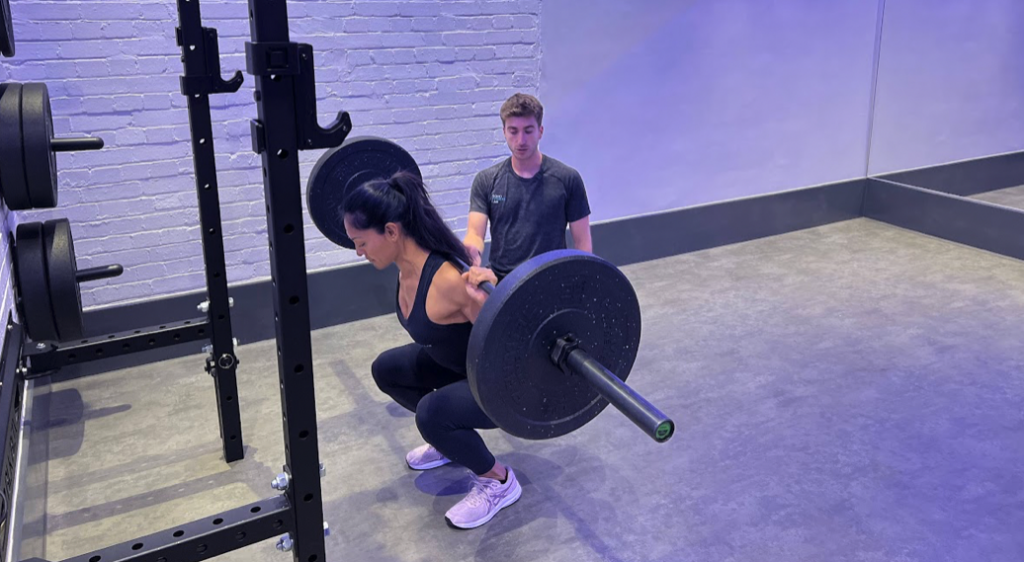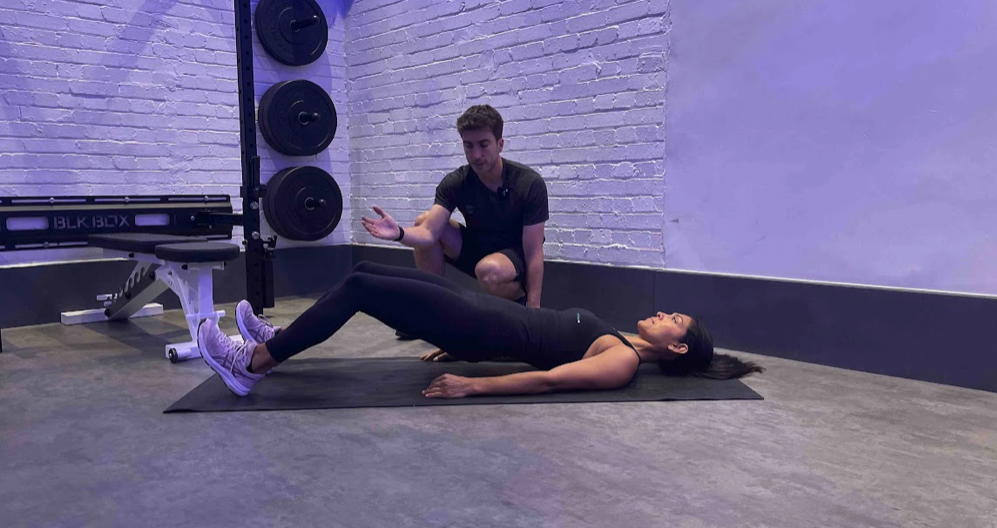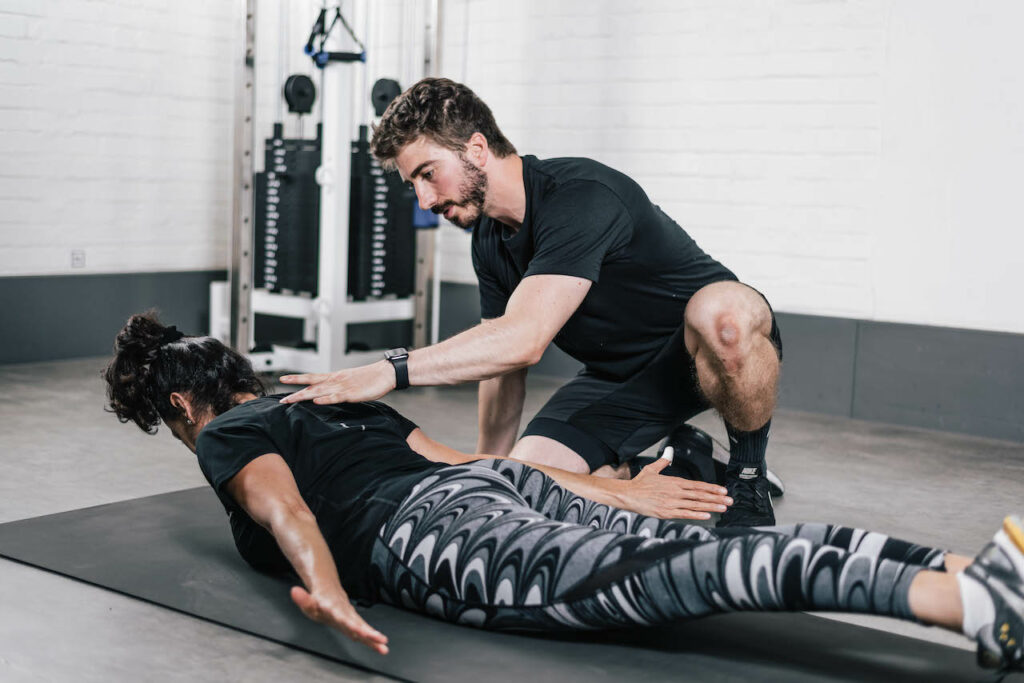How many times have you needed to just ‘stretch your back out’?
It feels tight and stiff after a long day sat at your desk, and feels just as sore after a day on your feet. Is there any real fix for these dull back aches?
The majority of our back pain issues can be linked to the ‘modern lifestyle’. Sat down at a desk all day, hunched over, and without regular movement. Back pain has become something we seem to just live with.
Quick fixes like pain killers or 2 minute stretches only provide the shortest amount of relief. To get to the root problem and reduce future issues we need to look at how we got here and what we can do to stop it happening again.
What causes back pain?
So, what seems to be the main culprit for modern day back pain?
Simply put, remaining in the same position for an extended period of time. Unfortunately the 30 minute walk in the morning isn’t enough to undo 8 – 12 hours sat in your computer chair. We need regular bursts of movement, allowing the body to open up from its seated hunched over position and allow the muscles to be active and working.
How can stretching help back pain?

Most people’s remedy for back pain is to stretch, which can in fact help with some short term relief but it’s likely the problem will persist if root causes are not addressed. A stretching routine can give the sense of ‘unlocking’ tight muscles, but if we don’t begin to change the daily postures and habits that caused the initial pain, it’s likely it will return pretty soon after stretching.
However, we can’t deny that focusing on hips, glutes and lower back can give great instant relief.
What are some effective back stretches for current pain?
Here are a few back stretches that can be effective in easing pain:
The ‘lying cross body stretch’
Start by lying flat on your back and lift one knee up towards your chest. Place the opposite side hand on your knee, and pull across the body. For example, lift the right knee, place the left hand on the knee and pull to the left side of the body. Be sure to keep your right shoulder flat on the floor for maximum impact. This stretch will be felt deep in the glute/ lower back of the raised knee side.
The ‘open book stretch’
Another great stretch to target the mid/ upper back is the ‘open book stretch’. This one can feel pretty intense across the upper back so try not to force yourself into position, start off easy and build into it.
Start by lying on the floor on your side. Have both arms extended straight at shoulder height, with the top arm resting on the bottom, from here you will also want to bend the ‘top leg’ up to 90 degrees at the hip and knee. Aim to keep both legs in the same position and the floor contact arm as it is, using the ‘top arm’ lift it up and over until it is flat on the floor pointing the opposite way to the other arm. As the working arm gets closer to the floor you will feel a great stretch across your mid to upper back and perhaps a bit in your chest/ shoulders too.
These stretches can be incorporated daily as part of a morning routine, or to simply break up long periods of sitting in the same position.
So now you are armed with some go to stretches, is it enough to just leave it there and hope the pain goes away. Or could you be more proactive is strengthening your back to ensure these pains are less frequent in the future?
Why you should consider strengthening your back in the gym

Strength training often gets a bad rep, being said to cause stiffness and soreness especially in the back area. But thats only a small piece of the recovery process and with a well structured training plan you can get all of the benefits with minimal aches and soreness.
Strength training challenges out bodies in multiple positions under load, often those positions are very similar to our natural movement patterns. Squatting, hinging, lunging, pressing and carrying. This variety of movement trains our body to be more robust, meaning longer periods of sitting may not be as detrimental vs. not having done any strength training.
A back strengthening plan should include all of the movement patterns mentioned above, as most will train it directly or indirectly. If you do not have access to a gym or feel you are too beginner to use these movements, there are many bodyweight exercises that can help with back health.

- Cat Cow with thoracic rotations
- Roll downs into walkouts
- Forearm plank
- Side planks
- Glute Bridge
- Prone supermans
- Bodyweight RDL
- Resistance band rows
This selection of exercises has a big focus on the posterior chain muscles (back of the body) and will all have a huge benefit to getting stronger and a greater range of motion through the back.
Our recommendation is to build your own tailored back pain management plan. This should include regular exercise and movement, daily stretching and of course strengthening the back muscles, and your body as a whole!
Interesting in hearing about how personal training can help fix that back and keep it that way? We’d love to tell you more! Why not contact us today?

